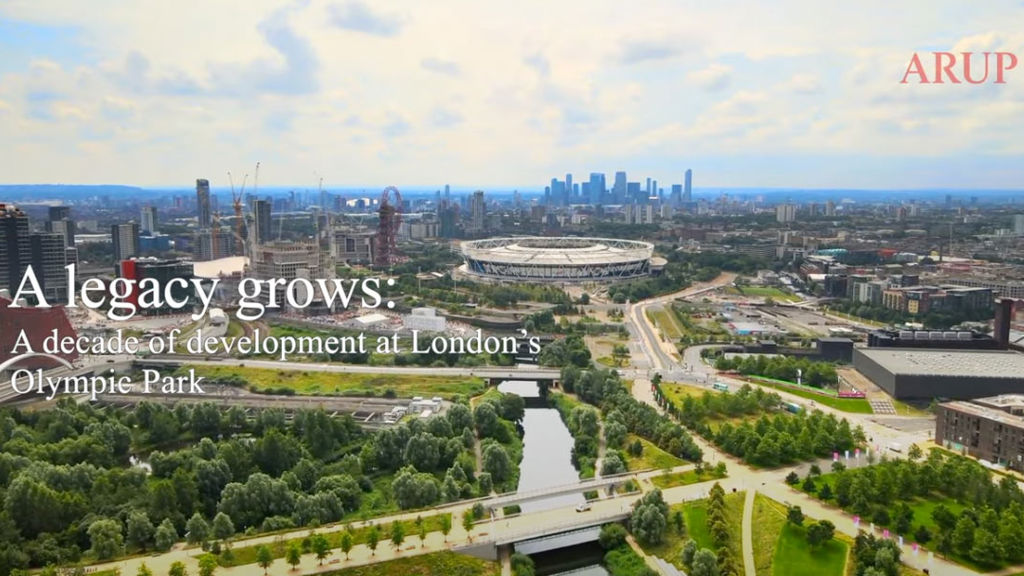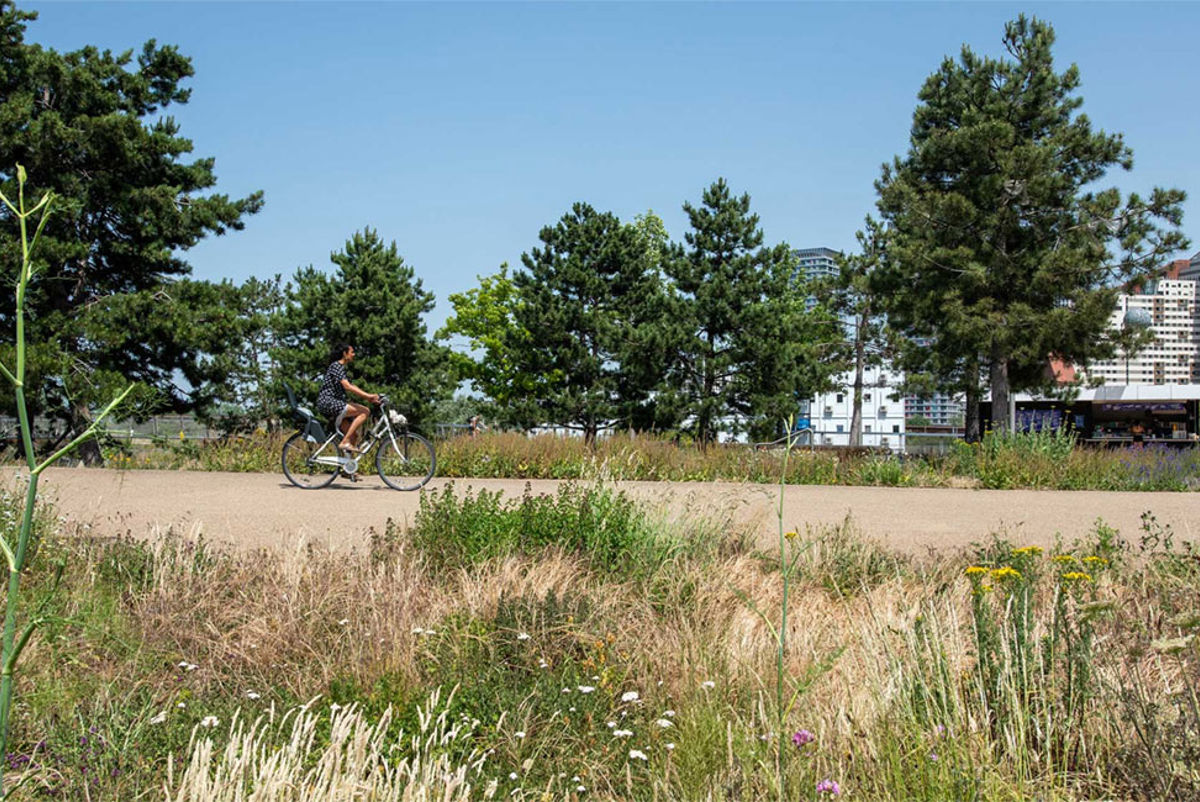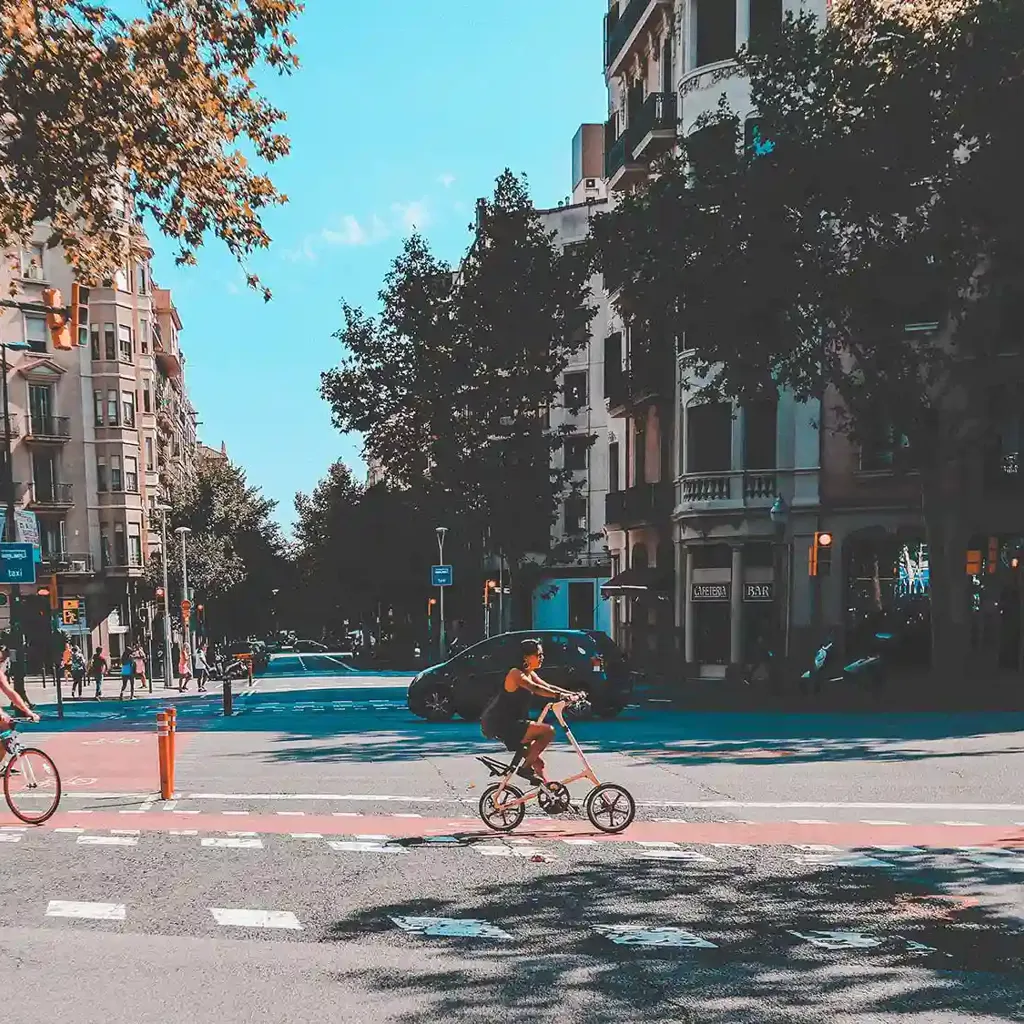How to design, plan, and achieve an enduring legacy from major event programmes
At Arup we believe that committing to host a major event comes the responsibility to leave a legacy that always addresses the anticipated needs of a city and its citizens.


Fellow, Masterplanning and Urban Design
Sowmya Parthasarathy
Director
As every mayoralty, city or regional authority knows, once a major event is over, day to day urban priorities re-emerge. Fortunately, well-planned, committed and community-focused legacy programmes can be an incredibly enduring form of urban regeneration.
It has been a decade since London hosted the 2012 Olympics and Paralympics. However, the bid that brought the Olympic Games to London was not just about successfully hosting the world’s most remarkable sporting event; it was largely about creating a new piece of city - a transformative vision that would provide the people of east London with the same opportunities afforded to the rest of the city.
Define a compelling vision
Legacy schemes depend on a compelling vision, underpinned by rigorous analysis of the socio-economic community needs and preferences.. Whether sport or arts-focused, impressive new physical facilities often define the original host city scheme. But valuable, longer term social benefits should leveraged to ensure a true legacy. We also recognise that while host city projects often visually and perceptually transform an area, that level of change must be handled with sensitivity and inclusivity involving the existing community. Our approach is always a collaboration between economic analysis, design creativity, planning insight and local engagement.

Be inventive with the opportunity
Host city projects like major sporting events or cultural facilities present implications for cities’ existing energy and transport infrastructure. These are often opportunities to be inventive and address these needs while solving longstanding issues and understanding trends. The routing of new supporting transport links and services can provide economic stimulus to related areas that otherwise wouldn’t benefit directly from a scheme’s headline purpose. The Stratford City development and the HS1 rail link played a pivotal role in the London 2012 bid that won over the International Olympic Delegate. While it was originally intended to cut across this brownfield site, our team chose to alter this planned route to save the site, recognising the area’s untapped potential for commercial revival. Integrating seamlessly with the altered HS1 route, the completed development has transformed the lives of people living and working in Stratford.
Sustainable in every way
Host cities and nations are always under pressure to show how a short-term event will provide long-term gains for its citizens. They increasingly also must demonstrate best practice for the planet at large. The sustainability of legacy projects can only be achieved by being written into the DNA of a project from the very start, from urban design that ensures connectivity and a high-quality public realm to the design of facilities and assets that involve lower embodied carbon emissions through to careful stewardship of local resources and materials. Arup uses whole lifecycle carbon assessments to bring a new level of rigour to setting these targets and the design and operational solutions that follow.

A natural legacy
Effective legacy schemes derive from a well-defined vision of what an area needs. That vision should always embed the best of built form and natural environmental insights. Our participation in the landscaping of the Southern section of the Queen Elizabeth Olympic Park demonstrates that the public benefit is vast when you bring together deep knowledge about ecology, plants, biodiversity, and the many ways a space can be brought to life. Our contribution involved long-term collaboration between designers and urbanists, horticulturalists and landscape architects, planners and engineers.
We recognise that the future resilience of cities will increasingly depend on more natural interventions in the city – improving air quality, encouraging physical activity, removing cars. This ethos underpinned all our work across the park and surrounding public realm, seamlessly integrating built and natural environments. We orchestrate the teams to achieve these ambitions over the life cycle of legacy schemes.
Committed to the long run
Once the 2012 Games ended, our journey continued. Arup has been supporting the London Legacy Development Corporation (LLDC) to achieve their ambition and create new and inclusive opportunities for the future, one that continues to improve the public realm for all citizens. Here's three ways we've worked with the LLDC:
1. A ground to test innovation
Legacy commitments are usually an attempt to bring something new to a district or community – and that unfamiliarity needs to be understood and navigated.
We conducted research into places that act as real-world testbed for new technologies, which informed the thinking and development for the leadership team of SHIFT.
This was a way to explore how new ideas and technologies can be applied to achieve movement, health, well-being, and climate adaptation goals in cities.
2. An inclusive and safe legacy
Totake action and address the important issue of safety of women and girls, LLDC worked with Arup’s town planning and inclusive design specialists to better understand the experiences of women and girls across the site. We worked on design interventions to make green and open spaces and active travel routes safer and more inclusive.
3.Post-games: environmental performance
Since 2016 we have continued to provide environmental advisory services for LLDC, undertaking more than 2500 environmental reviews for over 1200 different applications submitted for over 300 separate sites within the park and surrounding areas. The breadth and volume of our work is now informing emerging policies that will shape the park's future growth.
We are delighted with the collaborative way of working with Arup; they have repeatedly exceeded our expectations. Arup has consistently demonstrated a pragmatic and efficient approach to undertaking a high volume of complex and diverse tasks.
Anthony Hollingsworth
Director of Planning Policy and Decisions, LLDC
Get in touch with our team
Social Value in Major Events
The playbook includes recommendations for potential bidding and hosting cities when building social value legacy.





